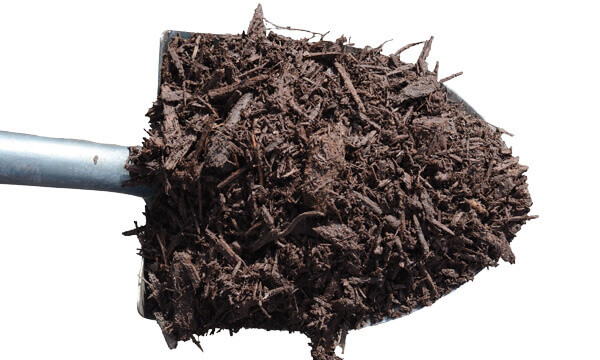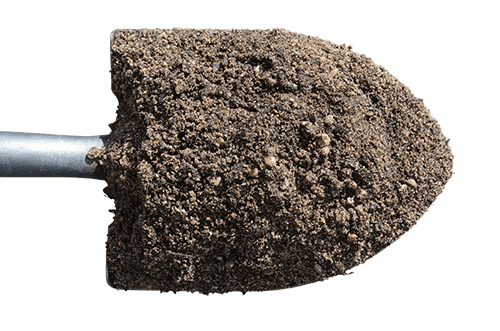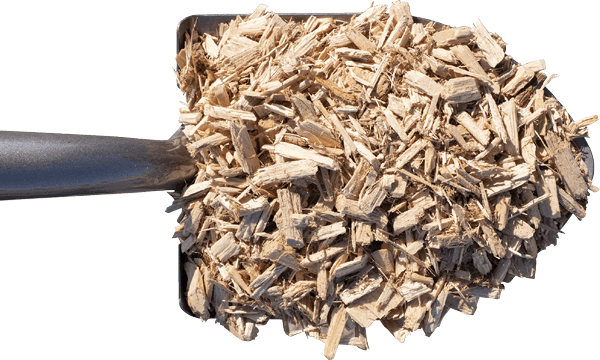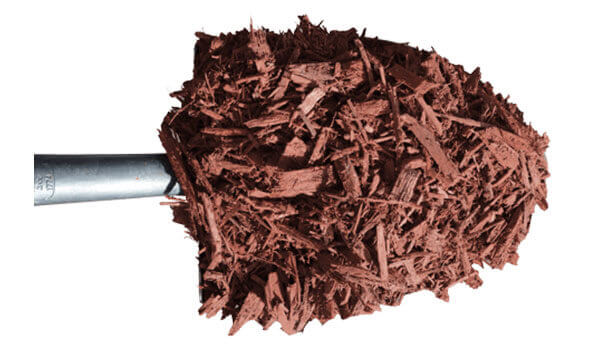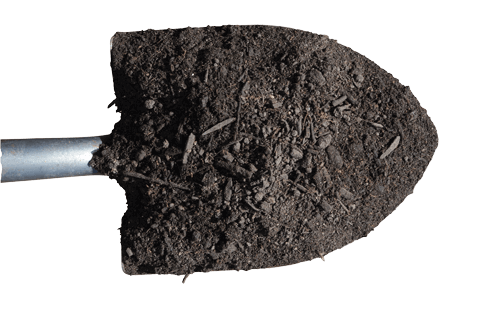Unless you reside in a place where it’s relatively warm and mild year-round, chances are you have buried the garden shears and lawn mower deep in the garage. But just because you can’t see your green lawn doesn’t mean you can’t spend time thinking about it—and getting it ready for the warmer months ahead.
Clean It Up
Objects left on the lawn before winter and throughout the cold months—such as logs, piles of leaves, or backyard furniture—can create dead patches of grass once things warm up. To avoid this, be sure to clean up your yard of all debris before a snowfall.
Keep Off the Lawn
Walking on snow-covered lawns not only cause grass blades to break, but compacted snow and ice can cause similar damage as if leaving a heavy object on your lawn. Grass is fairly resilient, but it will have a difficult recovery come springtime if a pathway across the lawn becomes too worn. Try maintaining a clear sidewalk to ensure people won’t be tempted to cut through your yard.
Opt for Lawn-Safe Ice Melt
According to the Center for Agriculture, Food, and the Environment at the University of Massachusetts Amherst, de-icing salt ions (sodium and chloride) separate once they melt and mix with water. These elements then replace valuable soil nutrients, making it difficult for plants and grass to stay healthy. In addition, the salt often soaks up water that would otherwise be available to the plants’ roots, causing them to dry out. A good rule of thumb for safe ice melt products to use near your lawn is if they are labeled as pet-friendly.
Bottom line? Frozen lawns can be fragile. With a few winterizing tips and tricks, most lawn damage sustained in the colder months can be prevented with proper caution and care.

